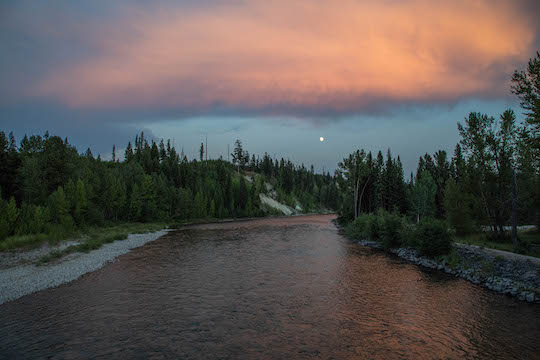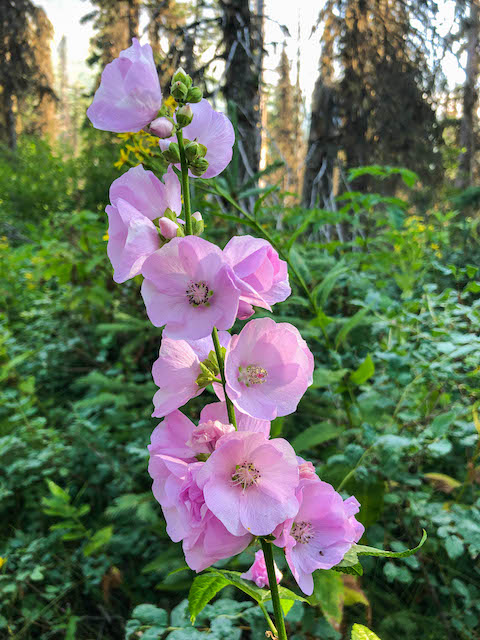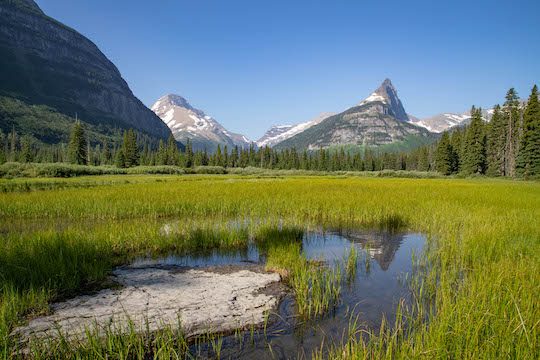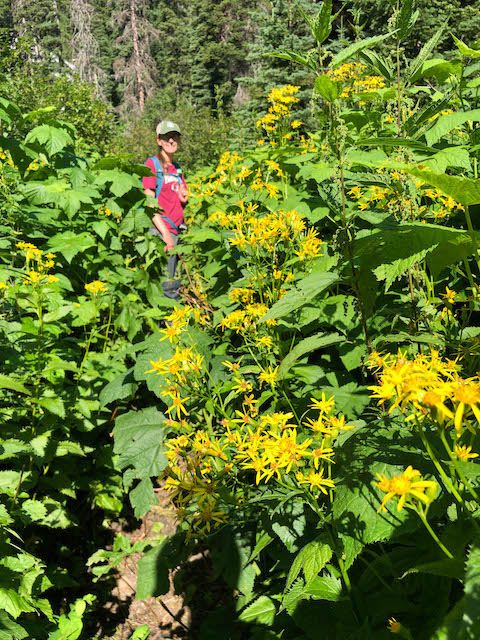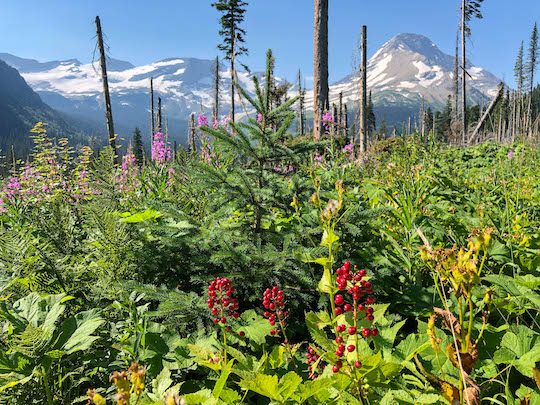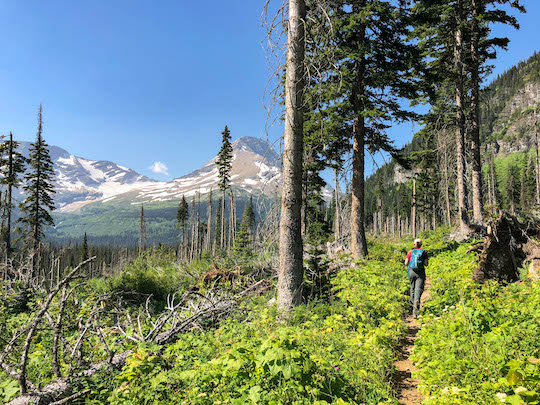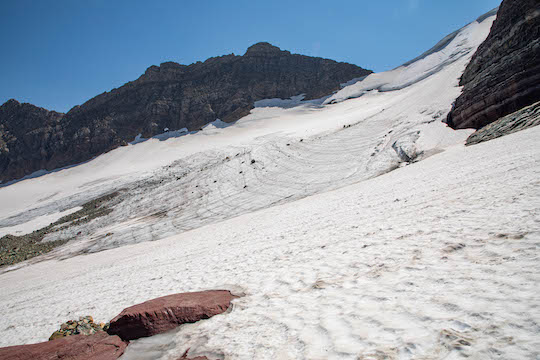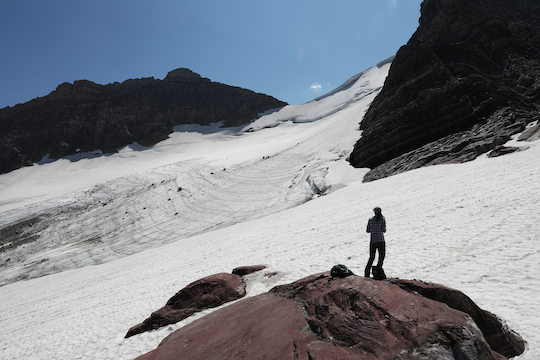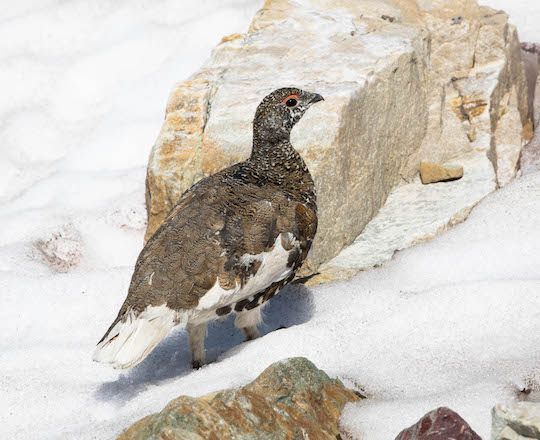Recently, my friend and fellow guide, Travis Williams, sent me a link to an article from Kirk Deeter over at Angling Trade Media. The article asks "Is fly fishing going to "implode" as a result of the pandemic?" In the article (which really resonated with me and which you should read), Deeter explores the current explosion of interest in the sport of fly fishing. Much like the "A River Runs Through It" craze back in the '90s, the current pandemic fueled an explosion in the sport unlike anything we've seen before. This is much bigger than the explosion in the '90s and most likely bigger than anything we'll see in our lifetimes.
At first glance, growth in the sport seems like a positive. After years of hearing about declining fishing and hunting license sales and declining interest in outdoor pursuits, we suddenly have a huge influx of new interest. This has been of huge benefit to those who produce and sell gear and equipment and also for guides to an extent. However, all of this new interest comes at a price. In his article, Deeter says that "We’re in a spot where some lovers of this sport are ready to throw their hands up and walk away, and the newbies are also having gag-reactions to their first impressions, because of the circus atmosphere."
As a guide, I've seen this first hand. In fact, probably I and my fellow guides are even partly responsible. If we weren't out there taking people fishing, many of them would never have tried a sport that is often viewed as difficult and even elitist. In the Smokies, it is becoming increasingly difficult to find open water to fish, either on your own or with clients. In many places, there are increasing calls to limit guides and outfitters as ordinary anglers feel squeezed out of the water they have always fished. This moment is both an opportunity and a danger for our sport.
Guides like myself will need to take a long hard look at how we do business. For our part at Trout Zone Anglers, we have been intentional about keeping our business small. Most of our friends in the business are doing the same. We also seek to keep rates rising to balance demand. Instead of maximizing the number of clients through cheap trips, we focus instead on quality of both guides and trips and hope our clients appreciate those efforts. Still, we have to recognize that we are yet another one or two of those guides on the water that are adding to the crowding and over utilization of some of our waterways.
Moving forward, our sport will have to take a long hard look at how we do or don't do business. As I've argued before, a piece of the puzzle moving forward will be better management of our fisheries. In some cases, this might be setting and following our own higher standards instead of the ones put in place by the regulating authorities. Catch and release has worked in many of our country's greatest fisheries as a management strategy to promote more and better fish, but it will take time to shift the public opinion in areas such as ours. This is where guides, outfitters and fly shops should come in.
While we have a once in a lifetime opportunity to screw up our sport, perhaps permanently, we also have a once in a lifetime opportunity to help grow lifelong practitioners of the sport who do things the right way. One unintended consequence of guides in outdoor sports is the notion that if you just pay enough, any inexperienced individual can go and have a once in a lifetime moment or day on the water. Unfortunately, we as guides and outfitters have pushed this notion by filling our social media feeds with tales and pictures of big numbers days, trophy fish, and hero shots. These help sell things, but at what price?
Maybe we need to turn back the clock on our sport at least in some areas. This could happen in a lot of ways, but it is important to consider that the idea of catching lots of big fish has always been a goal yet rarely attained...until now that is. Modern advances in materials, design, and yes, the actual techniques and tactics have allowed us to catch fish more than ever. Euro nymphing, modern streamer techniques, drift boat fishing and more all allow us the opportunity to catch fish regularly that were once just a dream. As a guide in the Smokies, I gravitate towards giving anglers a nymph and an indicator. Even beginners catch start catching fish quickly this way.
And here is an important point: that is all well and good. These techniques have nothing wrong with them in and of themselves, but they do create one dimensional anglers. Anglers who can successfully catch fish high sticking nymphs under an indicator in the Smokies might struggle wading on low water on the Clinch River. Those who have mastered streamer fishing for big fish on tailwaters might struggle to crack the code during a rare thick hatch in the mountains. As guides, we need to be creating lifelong learners and practitioners of the sport, not just fish mongers. Instead of emphasizing how many or big of fish a client has caught, we need to be celebrating their good execution of a new technique or cast. We need to be teaching them how to decipher what trout want under all scenarios.
But, and this is even more important, we need to teach people to be satisfied sooner rather than later. When you have hit twenty trout in the first two hours on nymphs, it is time to experiment. Teach people to have that same experimental interest that drives us to tie on a dry fly even when we're killing it on nymphs. When the fish are really biting is the time to experiment, not necessarily when the fish have lockjaw. While it is fun to sometimes catch 100 fish in a day, if everyone out there was doing so, our fisheries would really begin to suffer quickly.
Back in the purist days, anglers would sit by the stream to wait for the hatch. In fact, there are still anglers who prefer to fish this way. I've seen them sitting on the banks of the Firehole River in Yellowstone and resting pools in the Smokies. Setting yourself the goal of catching fish on a dry fly adds a level of difficulty that gives the fish some refuge. Instead of probing every inch of the water column, perhaps we need to be giving them a chance. Those modern techniques and materials have made it ever easier to catch fish. Flies like the squirmy worm are dangerously close to fishing with lures instead of flies, yet we keep on pushing the envelope when it comes to fly development. At what point do we realize we have sold out our sport? At what point do we have too great an advantage over the fish we seek?
Does this mean we need to return to the days of fishing with bamboo and dry flies fished upstream only? No, or at least, not for everyone. However, we do need to be encouraging our fellow anglers to progress. For some, that might mean learning to nymph with a strike indicator. For others, that might mean graduating to high sticking without an indicator. Others yet might be ready to progress to limiting themselves to dry flies on occasion or perhaps learning the bugs so they can match the hatch when it happens. In other words, instead of glorifying the result of many large fish caught, we need to promote the process. That is what makes our sport so interesting and is what will bring lasting enjoyment to all the new anglers in the sport. If we all slow down and enjoy the process, we might not be running around as fast as possible, running over each other in the process.
Part of this process has historically been rooted in a lot of tradition. Many of those traditions are good or even great. Some not so much. The elitist attitude that has long encumbered our sport should be left behind. The idea of harvesting your catch also needs to be left behind, and instead, we need to teach good catch and release techniques. We also need to leave behind the outdated idea that fly fishing is for well heeled gentlemen only. Fly fishing is for everyone.
Some old traditions need to return, however. The often unspoken ideas of stream etiquette probably need to be broadcast louder than ever. One byproduct of the huge influx of new participants has been a rapid distancing from our polite past. Often, anglers view each other as competitors or worse. I can't begin to count all the times I've started to generally wander towards a piece of water only to have someone else go running to make sure they get there first. The telltale signs are all too obvious when someone is trying to win a footrace to their chosen water. Not too long ago, many anglers would stop to chat with each other and get an idea of where everyone wanted to fish. People would make concessions and everyone would be satisfied with their own bit of water.
As a guide, I greatly appreciate and respect my amazing so called competition. In my own sphere, at least, there is a level of respect and courtesy among the various guides. Rob Fightmaster and Ian and Charity Rutter immediately come to mind as guides who regularly go out of their way to ask where I'm planning to fish with my clients. I've also received the same courtesy from guides like CJ Stancil of Smoky Mountain Angler. I always try to return the favor and even extend that to other anglers I meet out on the water. Unfortunately, I know this level of professional kindness and respect is not universal. At least in some places, guiding is rumored to be a cutthroat business. As guides, we need to be modeling the behavior we hope our clients will develop, and it is crucial that we teach etiquette to our clients.
I'll never forget when I had a couple of newbies out on the water one day in the Smokies a few years back. We were fishing some favorite roadside water on a less than crowded day. There were plenty of empty pullouts along Little River Road. In other words, it was a great day to be out fishing. We had been fishing for about 10 minutes and were just about to start working upstream towards the next run when another vehicle pulled into our pullout. An angler jumped out, grabbed all his equipment, and started hustling up the road. He looked like he had just stepped out of an Orvis catalogue if you know what I mean. As soon as he got to the next run 20 yards upstream, he jumped into the stream and started to fish. The anglers with me looked shocked. One of them turned to me and said, "He really isn't supposed to do that, is he?" Even a beginner with minimal experience knew better than to act the way this guy did. Yet, there is at least the possibility that this guy really didn't have a clue. Maybe no one ever told him.
As guides, we are in an excellent place to educate the next generation of anglers, but it can't be left just to us. While many anglers choose to use a guide to get started or progress in the sport, there are plenty of others who choose not to or cannot afford to. That is where fly shops and outfitters come in. If you work in the fly fishing industry, cut back a little on the focus of helping people catch tons of fish. Yes, you want them to find success, because a successful angler will come back to purchase more flies, equipment, tackle, and all the other necessary stuff, but we need to instill in new anglers the love of the process. Part of the process is slowing down, and taking things as they come. We should only take what the stream offers. We should show courtesy to fellow anglers. We should bring back the days of stream side chats with other anglers to ask where they want to fish and then making every effort to give them the water they were hoping for.
We have the opportunity almost every time we get out on the water to teach someone whether we are guiding or not. If it is done in kindness, then it is much more likely to make a difference. The health of our sport needs this. The health of our fisheries needs us to be satisfied with not just catching fish but in enjoying the process itself. Learn good fish handling techniques if you must handle them at all. Keep fish in the water. Skip harvesting any fish, always. Even with more people than ever out there fly fishing, we have the ability to improve the fishing, but it will take all of us working together to make it happen.


